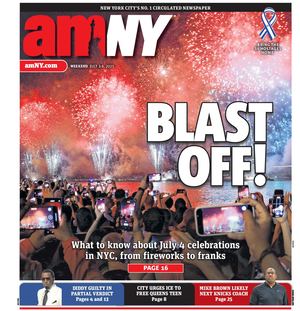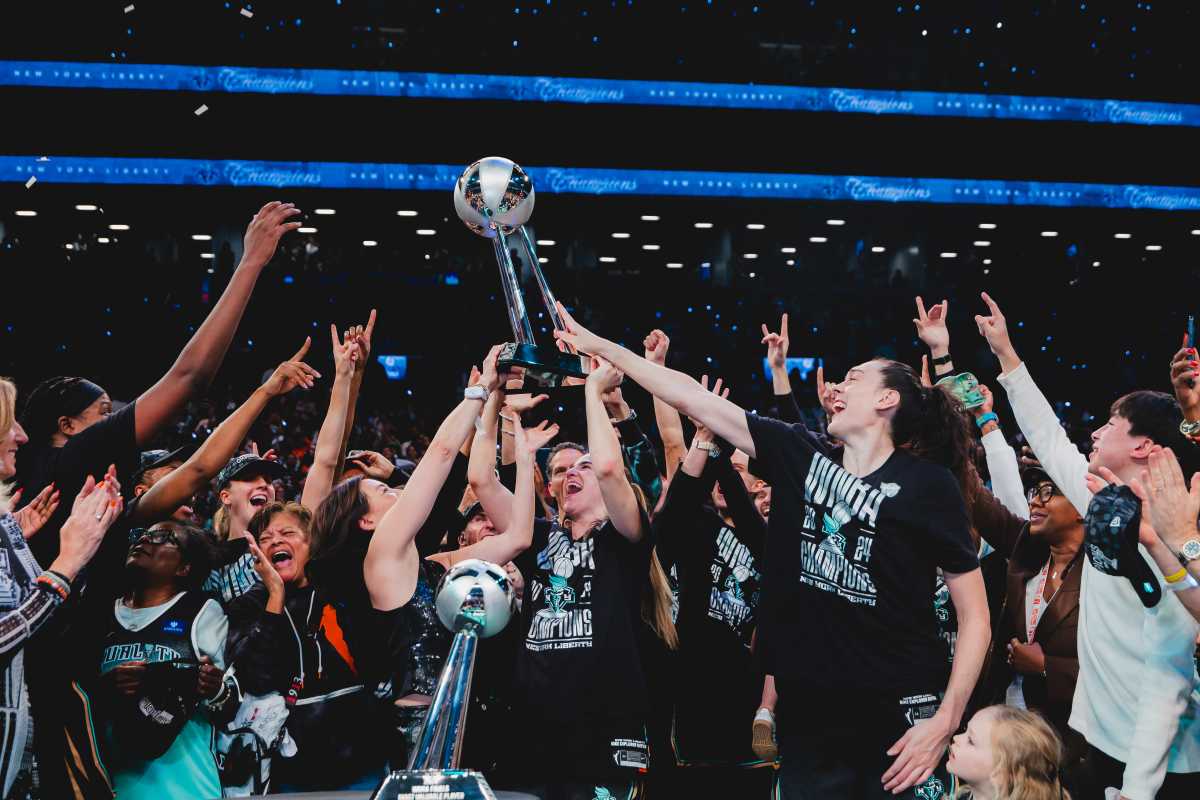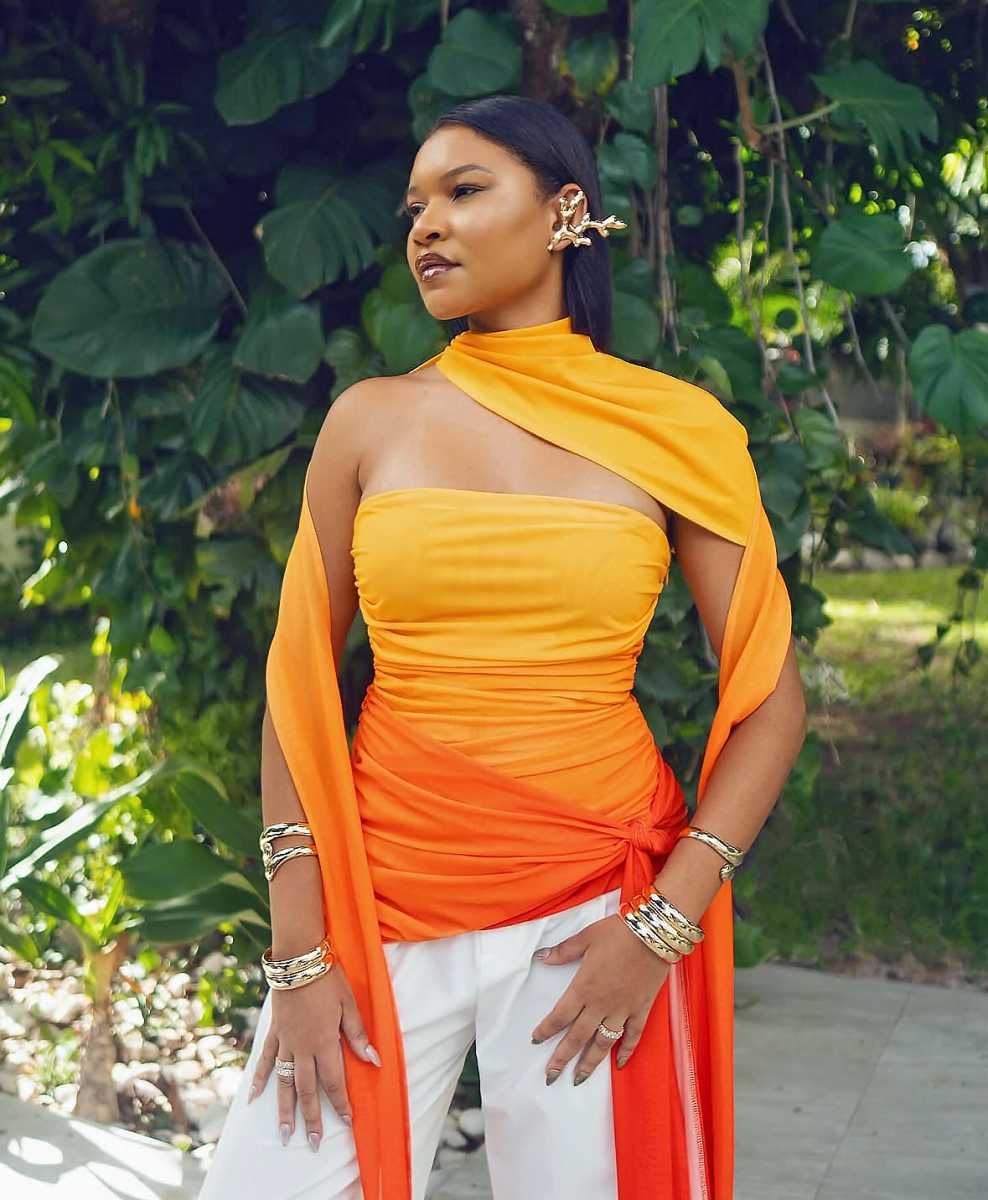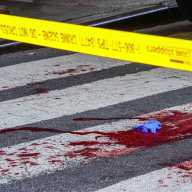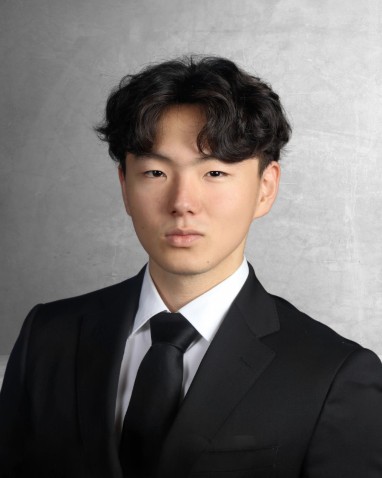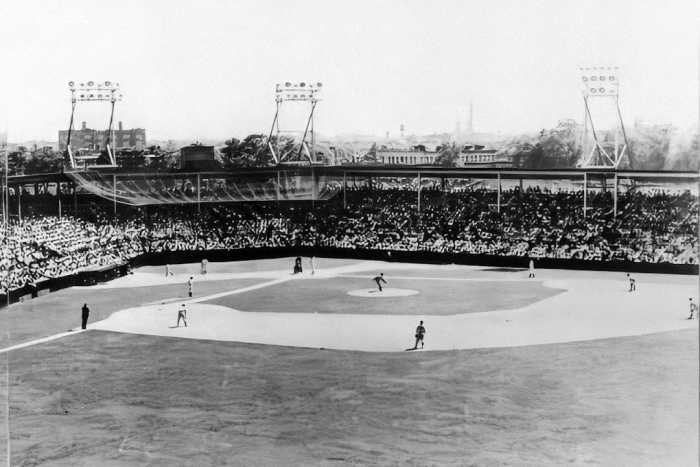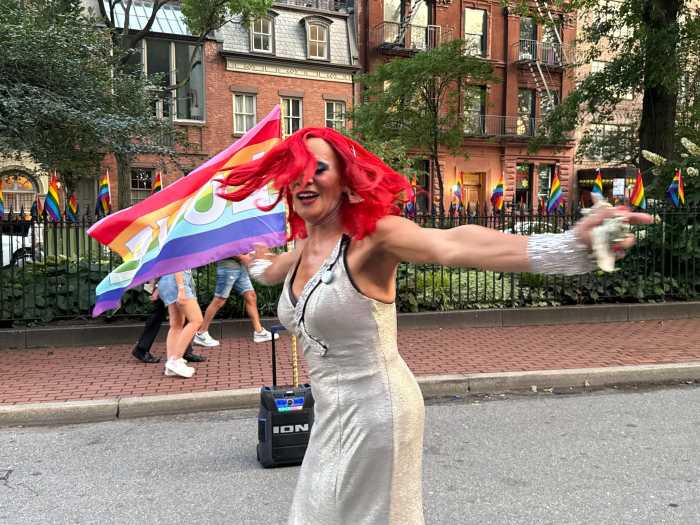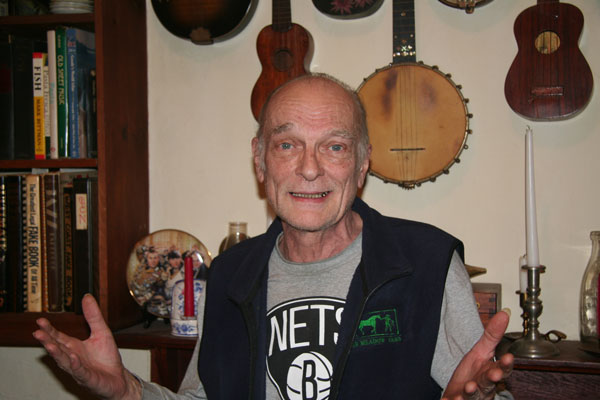
Erik Frandsen in his MacDougal Street apartment.
Times change, but the song remembers when
BY MICHAEL LYDON | “I was so much older then, I’m younger than that now,” Bob Dylan sang in 1964. Back then, the 23-year-old was a two-year veteran of the rough-and-tumble folk music scene that flourished in dozens of little clubs dotted along Bleecker, MacDougal and Fourth Streets in Greenwich Village. Almost 50 years later, Dylan is a vigorous senior. The scene that nurtured and sharpened his talent has changed and aged — but, more important, it has survived along with him.
Most of the old clubs, however, haven’t survived. The Kettle of Fish on MacDougal, where Tim Hardin and Richie Havens hung out between sets at other clubs, is now a Vietnamese restaurant. Next door, The Gaslight, a basement bistro that once booked Doc Watson and Jose Feliciano, is shut tight. Above the steps, a faded sign boasts of the day “when poets and other arty types were known as bohemians not beatniks.” Across the street, the Players Theatre — where The Fugs chanted their X-rated ditties — is still there. But Speakeasy, the top folk club of the early 80s, has vanished without a trace.
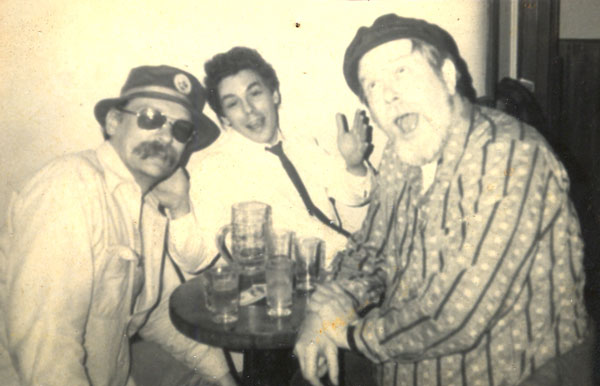
Left to Right: Erk Frandsen, David Massingiull and Dave Van Ronk in a Village bar, in the 1980s.
MacDougal Street has changed so much that when the Coen brothers recently shot exteriors for a movie about the Village folk scene, they set dressed a block of East Ninth Street rather than trying to reconstruct the original.
Gerde’s Folk City, at Mercer and West Fourth in Dylan’s day, moved in the late 60s to the former Tony Pastore’s restaurant on West Third near Sixth Avenue. Run for years by the legendary Mike Porco, Folk City hung on as a music club until 1987. Bleecker Street’s The Bitter End became The Other End and then, again, The Bitter End — and now features more rock than folk performers (Lady Gaga is the latest star to win a first following at the 52-year-old venue).
“But what are you going to do?” asks Erik Frandsen, a fine finger-picking guitarist and Folk City regular through the 70s, “Give up because a club closes? Never!”
Frandsen, who still lives above the old Gaslight in a tiny apartment crammed with songbooks, CDs and old VHS tapes, often drops into Caffé Vivaldi on Jones Street to play a few late-night tunes. Living through lean times by selling guitars at Matt Umanov’s on Bleecker, he slowly built an acting career. “By now I’ve done dozens of ‘Law and Order’ episodes, and on ‘The Colbert Report’ I play Heinz Beinholtz, the stern German ambassador who comes on to explain why Europe is going to hell.”
Frandsen also acted, sang and played guitar in long runs of “Pump Boys and Dinettes” and, with banjoist Charlie Chin (another MacDougal Street veteran), put together a Hawaiian swing band whose syrupy repertoire grew into “The Song of Singapore” — a musical that ran for a year and a half at the Irving Plaza.
“Now I’m 66, on Social Security, so you could say I’m semi-retired. But hell, with a few pals, I’m trying to launch a new musical comedy about the CIA, ‘John Goldfarb, Please Come Home.’ To any senior who wonders, can I still play music, I say, sure, dust off the old songs you used to play. You never know what might happen, and you gotta be in it to win it!”
Rod McDonald, a mellow-voiced singer-songwriter, had to give up his Folk City and Cornelia Street Café gigs in the mid-1990s to move to Florida and care for his elderly parents. “I thought my career was over,’ McDonald recently recalled. “But I looked around, and found that a lot of little clubs in Florida had open mikes. So I started dropping in, and the bookers began asking me, ‘Hey, could you play Wednesday night, maybe Thursday?’ Soon I was doing as well down there as I’d been doing in New York City.”
Florida is still home for McDonald, his wife and kids — but he books tours through the Northeast folk circuit a couple of times a year, and last summer he packed The Gaslight, briefly re-opened for a folk revival concert series produced by Bob Porco (Mike Porco’s grandson).
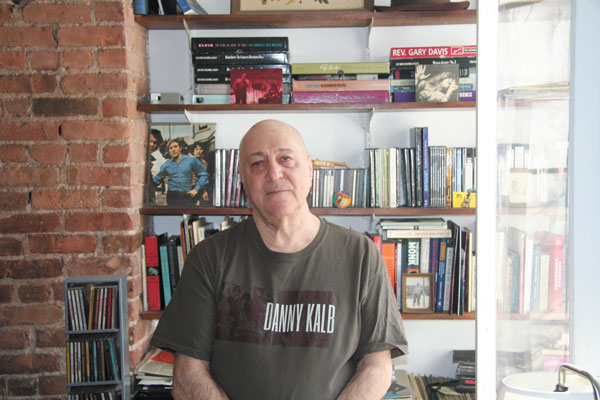
Dany Kalb, circa 2013, in his Park Slope apartment.
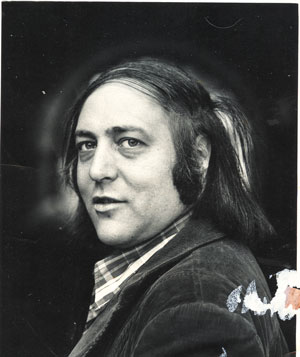
Blues guitarist Danny Kalb, in the 1970s.
“I first met Bob Dylan in 1960,” remembers guitarist-songwriter Danny Kalb. “I was a student at the University of Wisconsin, and Dylan crashed with me for a few weeks in Madison on his way from Hibbing, Minnesota to New York. We had so much fun, I dropped out and followed him. The Village scene then? Wonderful! Dave Van Ronk became my teacher. I heard great artists like Fred Neal and Tim Hardin. Soon I was gigging, had a record out. But us folkies were about more than music. We were out to change the world. I went on a Freedom Ride, spent three days in a Baltimore jail.”
A long run leading the hit group, the Blues Project, took Kalb on coast-to-coast tours, headlining top venues like the Fillmore East and West. But after the first wave of success ebbed away, he faced the challenge of keeping his career going through leaner times. “What saved me? I always loved music,” Kalb said, sipping coffee as a Thelonious Monk CD played softly in his Park Slope apartment, crammed like Frandsen’s with guitars and musical gear. “Music kept me going, through a nervous breakdown, through a heart attack, through a stroke that, luckily, left my hands intact for playing.”
A beatific smile crossing Kalb’s Buddha-like face. “You see, I’m happy! I still feel my music is growing, evolving. I love my new CD, ‘Moving in Blue.’ Now I’m 70, but seniors aren’t pushed to the side today. We can join the public debate, give back what we’ve learned from experience. When we were young, we were too dogmatic. But fanaticism, I’ve learned, is the enemy. Now I enjoy life, the bad and the good.”
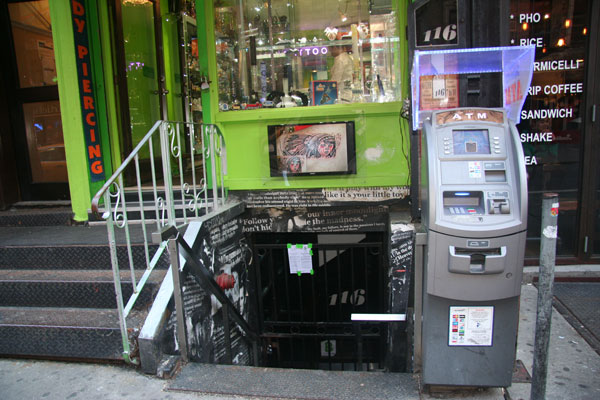
The entrance to the shuttered Gaslight, on MacDougal Street.
Jonathan Kalb, Danny’s younger brother, started out at 19 playing bass with the Fugs at the Players Theatre. “Jimi Hendrix was playing at the Cafe Wha? next door, and he’d call me in, saying, ‘Hey, Johnny, you gotta hear my latest song!’ Then he went to England and came back a star.” Jonathan hasn’t become as well-known as his older brother, but he’s steadily made his living as an all-around musician — playing guitar, bass, keyboards and even drums. “I spent years touring Germany, France, England and Scandinavia,” Jonathan recalls. “I’ve opened for B.B. King, played in soul bands, funk bands, you name it. For me, the secret is: keep playing, no matter what! I’m not sure how much I have to do with it — the music inside me keeps itself going!”
Not every 60s and 70s folkie, of course, has survived. Most famously, Phil Ochs committed suicide in 1976 and, most recently, Frank Christian died this past December. But Sefan Grossman, David Massingill, Cliff Eberhardt, Tom Pacheco and other lesser-known performers are still banging out old and new songs of love, peace and protest.
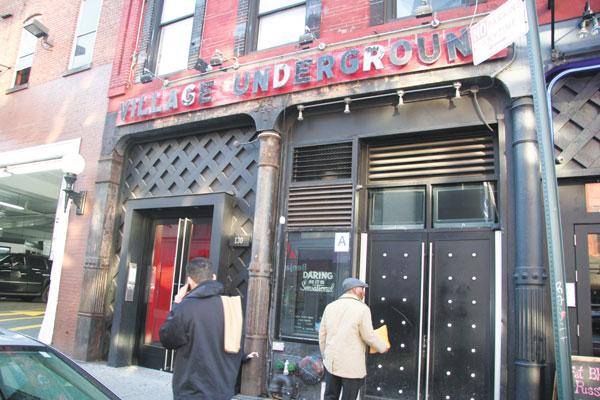
On May 21, many of them will be take the stage at the Village Underground (130 West Third Street) — site of the second Folk City — for “The Freewheelin’ 50th Anniversary All-Star Jam,” a concert Bob Porco is producing to celebrate classic songs, including “Blowing in the Wind” and “Masters of War,” from Dylan’s second album (“The Freewheelin’ Bob Dylan”).
As MacDougal Street hipsters used to say, be there or be square.
